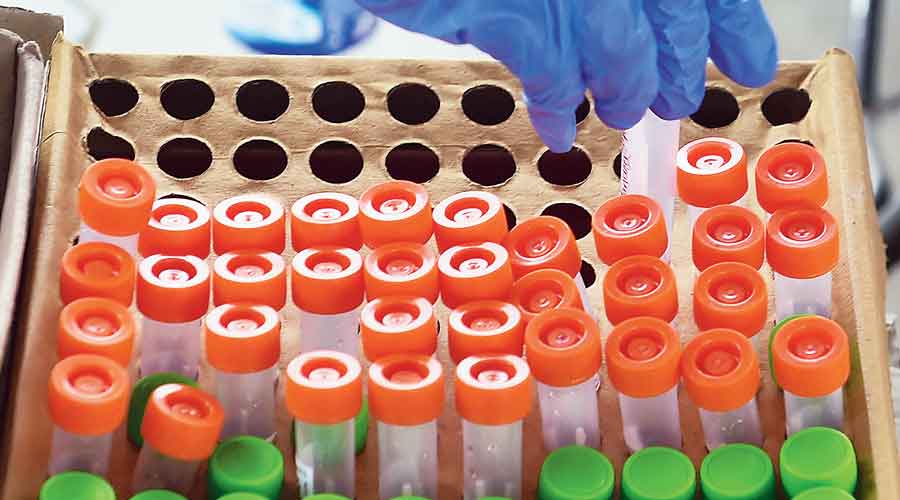Many Americans have been waiting in long lines at free testing sites since before the Christmas and New Year’s holiday rush. Plenty of others are avoiding the lines and paying $20 or more for over-the-counter, at-home tests — if they can find one.
Out of options, some have headed to crowded emergency rooms in hopes of getting tested, putting themselves and others at greater risk and potentially delaying emergency care for ill and injured people.
“The current demand for testing far exceeds the testing resources that are available,” said Michael T. Osterholm, an epidemiologist and director of the Centre for Infectious Disease Research and Policy at the University of Minnesota.
That was evident this week as many people searched for tests to take before returning to school or work. Jenna Zitomer, 25, said her family of five in Westchester, New York, had spent around $680 on rapid tests in recent months.
“It’s pretty crazy, especially since that’s well over half a paycheque for me,” said Zitomer, a research specialist.
“It feels like something we need to start budgeting for every month now, like groceries or utilities. For my family, not having access to testing could mean exposing multiple severely immunocompromised people to Covid-19. That basically makes it life or death.”
Zitomer added that at her local testing centre, “lines have got so long that they started cancelling appointments and full days of testing because the drive-through lines cause traffic problems”.
Britt Crow-Miller, 35, a senior lecturer at the University of Massachusetts Amherst, said her family had spent around $500 on at-home test kits. With two adults and three children, a single round costs around $100. “Who can afford that every time someone has the sniffles?” she said. Yet, Crow-Miller, said that if one of the children “wakes up with a scratchy throat, I don’t feel like a responsible community member sending them to school without first giving them a test”.
(New York Times News Service)










